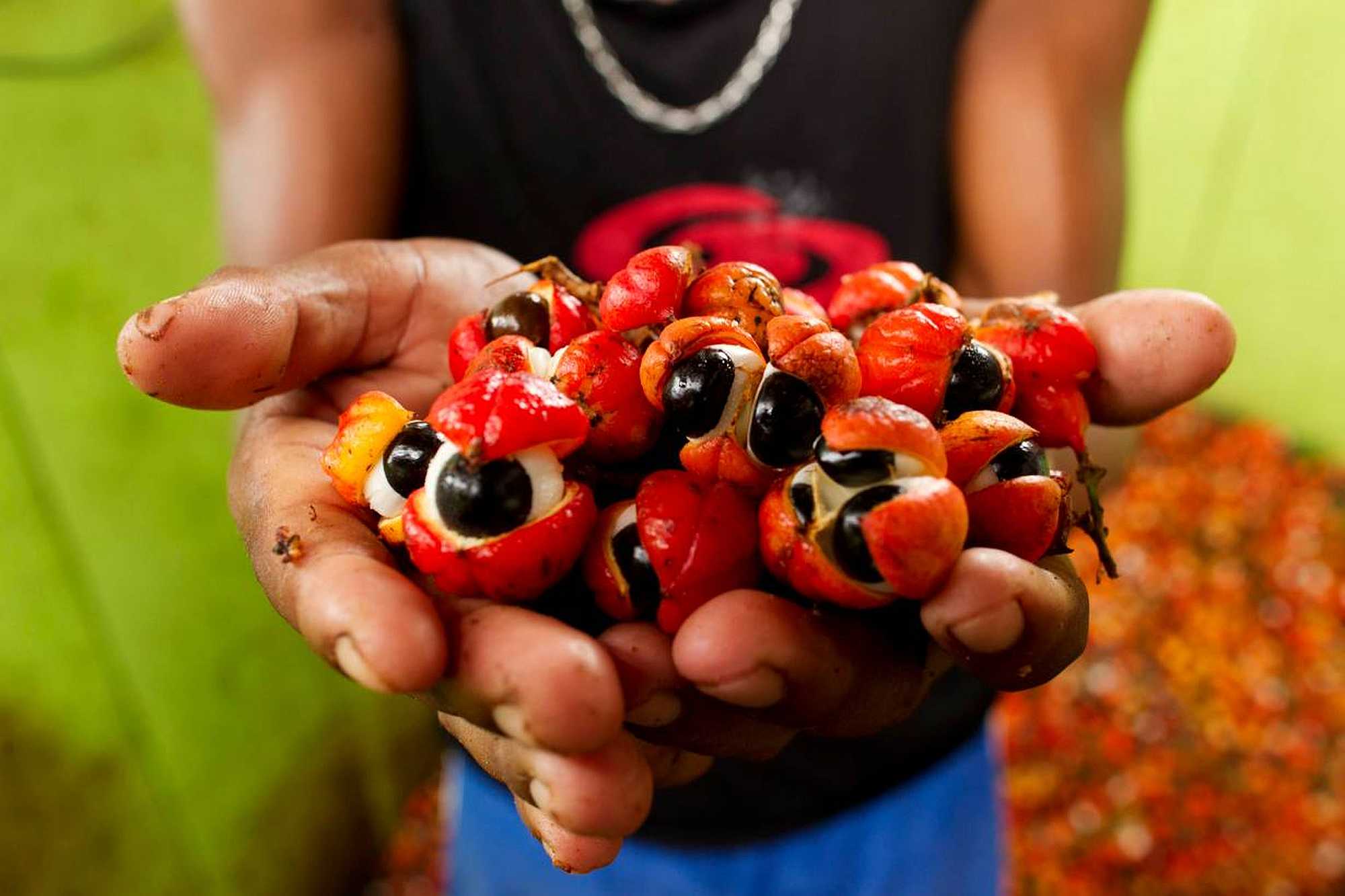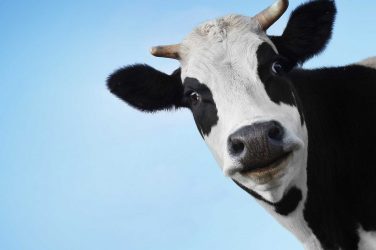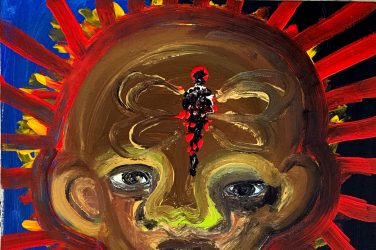President Jair Bolsonaro’s push to develop the Amazon through expanded mining and farming has led to surging deforestation. Is there an alternative?
Instead of expanding destructive farming and logging, Brazil should “develop” the Amazon region by producing high-value products from its indigenous biodiversity, from nuts and fruits to medicinal plants, a top forest researcher said.
Sequencing the genomes of its many unique species, for example, could result in earnings as firms look for new medicines, or as agencies try to monitor pathogens that could spur new pandemics, he said.
Growing açaí – a native palm fruit increasingly popular internationally as a super food – similarly could net producers 10 times as much income as growing soybeans, according to Carlos Nobre, an earth systems scientist at the University of São Paulo.
The region might even be able to come up a new kind of chocolate, created from cupuaçu, an Amazon fruit, said Nobre, an Amazon expert and president of the Brazilian Panel on Climate Change.
Such shifts could potentially create millions of dollars in annual revenue for the region, and help curb forest losses that are contributing to runaway climate change and nature decline, he said.
Right now, “everything the Amazon provides goes abroad as primary products”, Nobre said. But “it is possible to have value-added products”.
Since taking office, right-wing President Jair Bolsonaro has pushed development of the Amazon region through expanded soybean farming, cattle ranching and mining.
But human rights activists say that has led to an increase in violations of indigenous rights as miners, ranchers, farmers and loggers invade indigenous land and destroy forests.
Shifting instead to more profitable use of Amazonian native species could help curb deforestation, protect indigenous communities and shore up declining rainfall in southern Brazil, experts say.
The risks of not rethinking the current Amazon development model are substantial, researchers say.
Last year, an area the size of Israel was deforested in the Amazon – which spans nine countries in South America – as destruction surged 21% in the region, according to the Amazon Conservation organization.
Amazon forest losses are changing rainfall patterns across swathes of South America, driving worsening droughts that threaten agriculture and natural area like the Pantanal, a huge wetlands that saw wildfires torch a third of its area last year.
Such shifts could have enormous economic consequences for Brazil’s broader economy, from agriculture to tourism, economic experts say.
Continuing forest losses also threaten to push the world’s biggest tropical forest into a death spiral where it begins to shift toward becoming a grasslands – a switch with huge global consequences for climate change.
“We are very close to that point of no return. If global warming continues with its pace, and if we go from 20% to 25% (deforestation), we will reach a process of savanization of 50% of the Amazon,” Nobre said by phone.
But what Nobre calls an “Amazon 4.0” development model – a shift from the current system built on expanding cattle and soybeans – could change that trajectory.
The model – based on forest conservation and better use of the region’s vast biodiversity, and involving indigenous and other traditional communities – aims to generate lasting incomes by better understanding and tapping into forest riches.
Amazon Brazil nut harvesters and acai growers, for instance, have long earned an income from standing Amazon forests.
But carrying out genetic sequencing of more of the region’s biodiversity is likely to unveil new potential harvests – including potentially new medicines.
Nobre envisions a future of Amazonian communities using 3D printers to produce fancy chocolates for the international market.
Growing use of drones could also help deliver Amazon-manufactured products to urban areas without the need for new roads and rail lines that spur forest destruction, he said.
Expanding production and processing existing forest products – including the Amazon’s huge variety of fruits and nuts – into higher-value items, rather than simply exporting the raw materials, could also bring the region boosted incomes, he said.
Researchers aim to work this year, for instance, on creating new varieties of chocolate from the Amazon’s native cacao trees but also from cupuaçu, a tree fruit often made into a sour juice but with a pod similar to cocoa.
As well, researchers are looking at how to create new products from Brazil nuts, and to produce more gourmet oils from the Amazon’s plethora of indigenous fruits and nuts, such as patauá and buriti, both harvested from forest palms.
Some of the ideas and processes are currently being tried out in an experimental laboratory in São José dos Campos in São Paulo state, Nobre said, with hopes the first of four planned laboratories in the Amazon will open by mid-year.
The local labs aim to help generate “an ecosystem” of start-ups and innovation in Amazon communities, Nobre said.
The fledgling Amazon 4.0 project, launched in 2018, is led by a group of Amazon researchers, including Nobre, and experts in new technologies.
It hopes to attract funding from banks and investment firms in 2021 to begin developing small companies in traditional Amazon communities to boost local processing industries and export businesses.
It has already received initial backing from a range of Brazilian and international foundations and institutes, as well as Australia’s government and the Inter-American Development Bank.
Perhaps its most ambitious aim is to help traditional communities in the Amazon sequence the genomes of species and microorganisms they depend on and use in things such as traditional medicine.
That could potentially provide new medical treatments or other discoveries that could be commercialized while ensuring communities that hold the traditional knowledge benefit from it.
It could also help persuade policymakers that leaving forests intact has important economic value, backers say.
Better harnessing the forest’s potential medicinal wealth is particularly important as the coronavirus pandemic sweeps the world, raising demand for new medical treatments.
Hints of such benefits are already emerging, with the Kayapó indigenous people of Brazil’s Amazon Pará state currently using a drink made from vines that they say has helped them ward off the worst effects of COVID-19 – though its usefulness has not been confirmed by scientists.
What remains hugely unclear is whether income from genome sequencing and better use of the region’s biodiversity could eventually match the money to be made from ranching, mining and logging.
Displacing a development model built on agribusiness expansion also will be very difficult in a country where the industry has close ties to political power, Nobre said.
But Amazon researchers say the need for a shift in development models is obvious.
With forest losses surging, threatening to spark runaway climate change, “we need a zero-deforestation policy,” Nobre said.
Fábio Zuker is the author of The Life and Death of a Minke Whale in the Amazon. He is a writer of essays, chronicles, and reports. He holds a master’s degree from Paris’s School for Advanced Studies in Social Sciences and is a PhD candidate in social anthropology at the University of São Paulo
This article was produced by the Thomson Reuters Foundation. Visit them at https://news.trust.org/














